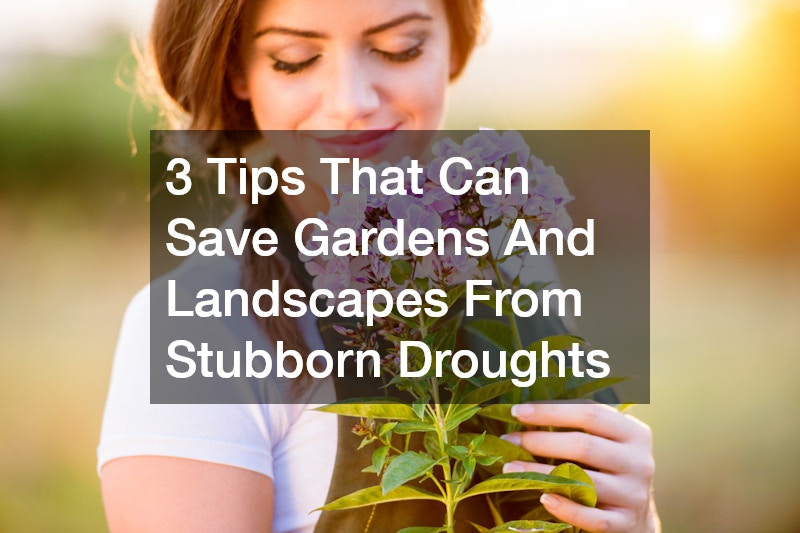
If you want to plan a garden in your home’s backyard, you may want to develop a plan to choose plants that grow in the garden. According to Real Homes, the first step is to measure the space of your garden. This will help you decide what to include in a garden that you can thoroughly enjoy. For example, a large garden space may contain a fountain, statues, or other decorative items.

In an ordinary garden, it’s a good idea to alternate planted areas with hardscape or nonplanted areas. Remember that you’ll be the one tending the garden and looking at it every day, so the choices of plants and hardscape should be yours. Another aspect should include a small bench or lawn chairs so you and a friend can sit and enjoy your beautiful garden.
If you can’t make up your mind, a landscaping company might be able to give you some good ideas. Those professionals will know what flowers or plants are best for your soil. The other advantage of working with a landscaping team is that, in the future, they’ll be able to suggest gardening solutions if you have gardening challenges.

What’s new in garden and landscape design in 2015? Thanks to stubborn droughts, homeowners are becoming increasingly aware of how much water they use to maintain gardens and landscapes. Top landscape designers share how you can put together a yard that is vibrant, visually compelling, and drought-friendly:
Embrace Hardscaping
One obvious solution is to supplement plants, including flowers, trees, produce, herbs, and bushes, with features that do not require water at all: that is, hardscaping features. Sculptures, decorative gravel and stone, retaining walls, walkways, patios, and steps are just a few of the elements that add interest to your lawn, without necessitating any water. Bring out these features even more with subtle night lighting.
Choose Drought-Resistant Plants And Blooms
“Lavender and sage (herbs), bougainvillea and vitis californica (vines), lobelia and common myrtle (shrubs), buffalo grass and Bermudagrass (turf), among many others,” all thrive in “dry summers and wet winters,” according to The Seattle Times. Exotic plants, like Japanese bloodgrass and Japanese forest grass, also do well with conservative amounts of water. Choosing plants that are native to your area may also help, particularly if you live in an arid, dry state, like Arizona. Do one better by planting drought-resistant or drought-tolerant plant in the shade to further prevent water loss.
Recycle!
Believe it or not, a fountain can be an invaluable addition to a drought-friendly landscape. Professional landscape designers recommend the popular water features, with some conditions. Better Homes And Gardens explains: “A fountain may not seem like a first choice in a drought-tolerant garden, but good design can enable the feature to capture and recycle water.”
Can your landscape and garden stand up to days or even weeks without water? Answer “yes” to that question by limiting plants and flowers and filling in gaps with hardscaping features, planting drought-tolerant blooms, and installing special fountains that capture and recycle water.